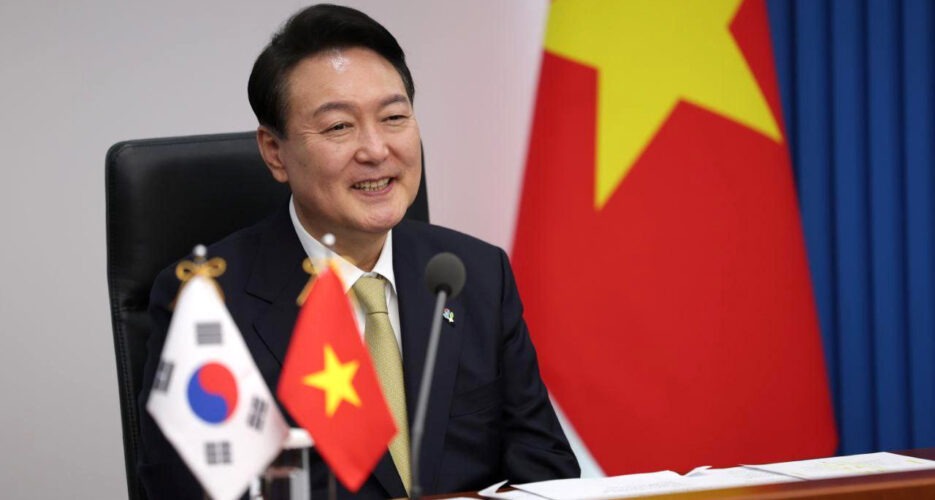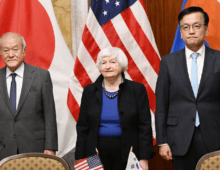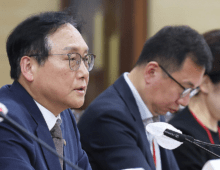Seoul’s embrace of new ‘Indo-Pacific strategy’ will require efforts to reassure partners of its commitment to region
Following the recent U.S.-ROK summit, South Korea confirmed what many had anticipated: New President Yoon Suk-yeol is scrapping his predecessor’s signature New Southern Policy (NSP) focused on engaging Southeast Asia and India.
The two countries’ joint statement formally announced that the Yoon administration will move ahead with formulating its own “Indo-Pacific strategy framework,” which would complement the U.S. blueprint for the region.
Following the recent U.S.-ROK summit, South Korea confirmed what many had anticipated: New President Yoon Suk-yeol is scrapping his predecessor’s signature New Southern Policy (NSP) focused on engaging Southeast Asia and India.
The two countries’ joint statement formally announced that the Yoon administration will move ahead with formulating its own “Indo-Pacific strategy framework,” which would complement the U.S. blueprint for the region.
Get 30 days
of free access to
KoreaPro
Full access to all analysis
The KOREA PRO newsletter, every business day
Daily analysis on the top story of the day
The ability to suggest topics for coverage by our specialist team
Be smart about South Korea
Get full access to expert analysis and opinion.
Start now
No charges during your trial. Cancel anytime. A paid subscription will start after 30 days.











